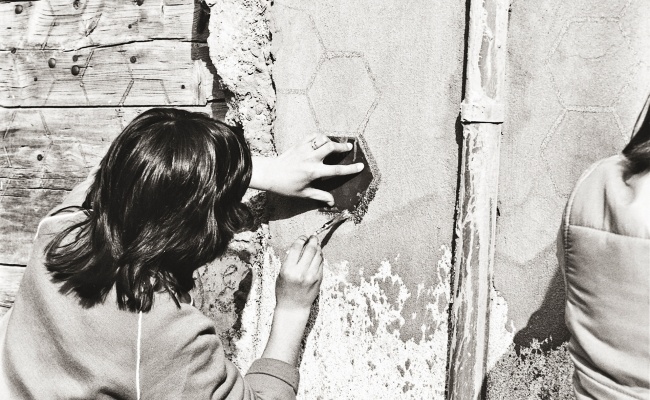Salvatore Cambosu (b. Orotelli, 5 January 1895–d. Nuoro, 21 November 1962) was an Italian writer and journalist.
Salvatore Cambosu
Description
A relative of Grazia Deledda, Cambosu wrote in multiple literary genres, including prose narrative and journalism. And although he published numerous works, he was just as prolific in his private writing, which was a constant pursuit as we can see from the notebooks he left to his family, packed with notes on various aspects of life.
Cambosu’s literary success coincided with the period after World War II, when he was a regular contributor to various important newspapers, including La Nuova Sardegna and L’Unione Sarda. He was particularly devoted to Sardinia’s social problems and his writing gradually became more neo-realist and less lyrical. His articles and stories were published in numerous magazines, including S’Ischiglia and Ichnusa, and in 1960 he won an award for his cultural contributions.
He reached the apex of his literary production with Miele amaro (bitter honey), published in 1954 and considered a summary of Sardinian culture aimed to preserve its identity-forming roots. The book was immediately met with broad critical acclaim and, as suggested by the title, is at times obscure and contradictory. Some parts of the book were dictated to the artist Maria Lai in her house in Cardedu and there is a painting by the artist on the cover of the edition published by Ilisso in 2004.
From then on, Cambosu concentrated his energy on the economic, social and cultural problems of Sardinia, which became the subject of both his prose and journalism. He took on the issue of banditry in 1955 with his report Supramonte di Orgosolo, as well as in the novel Una stagione a Orolai (1957), in which he explores the difference between the shepherd identity and the farmer identity in Sardinia.
He died at the age of sixty-seven, and despite his premature death, he remained at the centre of a debate that he had helped ignite and fuel. The posthumous publication of some of his writings and creation of the Fondazione Cambosu in Orotelli have contributed to keeping his memory and literary heritage alive.
 Nuorese Cultural District
Nuorese Cultural District




